Featured Kenyan Dishes

Ugali (Maize Staple)
The undeniable most common Kenyan food staple is ugali – usually made from maize flour that is added to boiling water and heated until it turns into a dense block of cornmeal paste. Ugali has the consistency of a grainy dough and the heaviness of a brick.
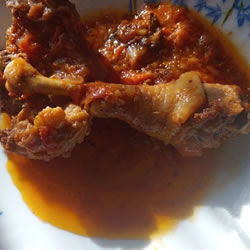
Chicken
Ingoho – chicken cooked “Luhya style” by the Luhya tribe of Western Kenya. It is their signature meal, which they serve to important visitors.
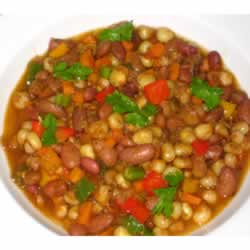
Githeri (Beans & Maize)
Githeri is a meal of maize and legumes, mostly beans of any type mixed and boiled together
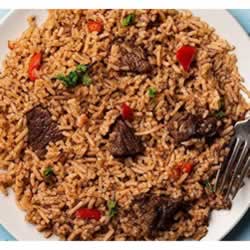
Kenya Pilau (Spiced Rice)
Pilau is a glorified combination of rice cooked with flavor bursting spices like cumin, cardamon, cinnamon, and cloves. The fragrant rice is fantastic to eat with a form of meat stew and a few slices of fresh tomato and onions.
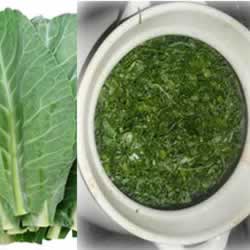
Sukuma Wiki (Kale)
Sukuma Wiki is a vegetable in Kenyan dishes.
The nutritious green leafy vegetable is often cooked in oil with a few diced tomatoes and onions.

Fish Stew
Stewed fish with with thick soup formed from a light tomato base and accented with onion, salt and pepper. Fish can also be prepared through deep frying.
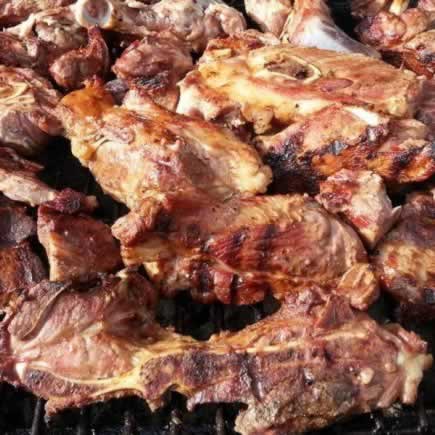
Nyama Choma (Roast Meat)
Goat and beef are the 2 most common forms of nyama choma, but chicken (kuku choma) and fish (samaki choma) are also valid choices.
Fat and the grizzle from the meat is the choice part of the animal, and is often consumed with a quick dip into a pile of salt for extra flavoring! It’s also possible at many places to get the “fry,” – the fried meat variation.

Matoke (Banana Stew)
Matoke is originally a dish from Uganda. Bananas are cooked until they become soft and begin to form a thick sauce with the other ingredients.
The result is a delicious dish that is reminiscent of boiled potatoes in sauce and excellent to eat with rice, ugali, or a chapati.
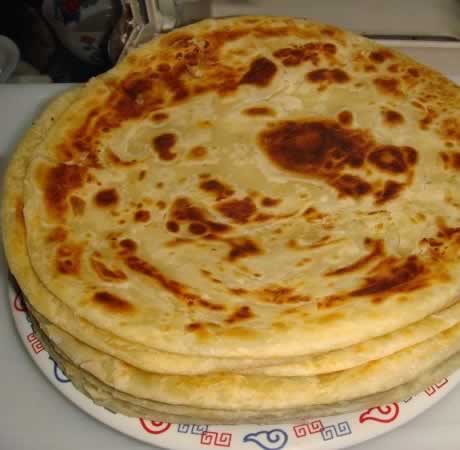
Chapati
Kenyan style chapatis are made with a flour dough that is wound into a coil before being rolled into a flat round circle. The dough is then fried on a skillet accompanied by plenty of oil so it becomes crispy on the edges but remains moist and doughy on the interior.
Chapatis go well with fried cabbage, beans, or even just rolled up with a cup of tea!
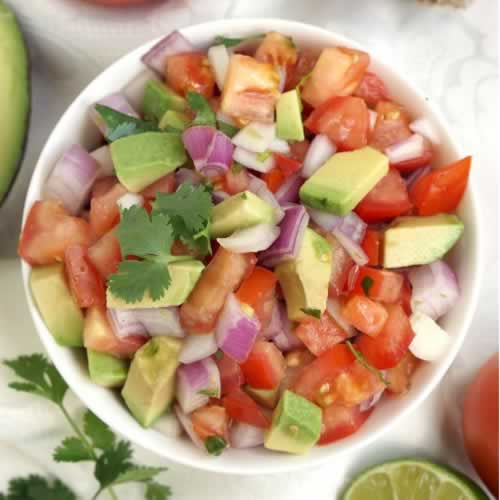
Kachumbari (Tomatoes & Onions)
Kachumbari is a fresh tomato and onion salad. It is an uncooked salad dish consisting of chopped tomatoes, onions, and chili peppers.
Kenyans enjoy kachumbari as a garnish, a side salad that accompanies things like nyama choma or beans.
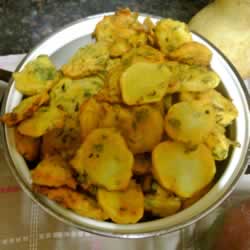
Kenyan Bajias
There are multiple forms of what is commonly known as bajias. The Kenyan variety (sort of borrowed from India) is normally what can be described as glorious spruced-up plate of awesome french fries (chips).
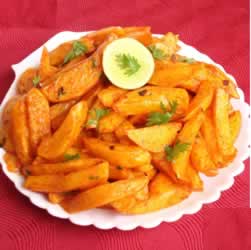
Chips (French Fries Masala)
Chips Masala is a sumptuous meal enjoyed by Kenyans across the board. The meal is readily available in restaurants and can also be prepared at home.
Chips Masala can be served with tomatoe sauce, chilli sauce, sausages, Kachumbari and a glass of cold fresh juice

Mandazi (Kenyan Doughnut)
Mandazis make a great snack or a light breakfast with a cup of sweet chai. Mandazi can be smelled from a kilometer down the street, that lovely familiar scent of a blob of deep frying dough.
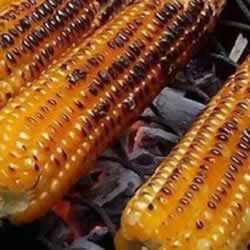
Mahindi Choma (Roasted Maize)
Mihindi Choma is a cob of roasted maize. The corn is picked when it has become mature, so it’s a dry starch that is perfect for roasting over hot embers. Some street stall vendors will supply a chili lime salt garnish for the grilled maize.
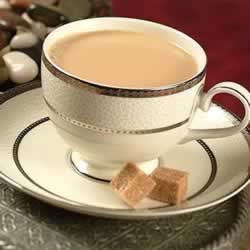
Chai (Kenyan Tea)
Teat is the popular hot drink of choice for many local. Kenyan tea is brewed dark, mixed with plenty of whole fat milk, and sweetened up with sugar.

Uji (Porridge)
Porridge traditionally made from fermented millet, corn flour mix or a mixture of millet flour, maize meal and powdered milk. Because of its high nutritional value, uji is a popular drink prepared for infants, adolescents, nursing mothers and those who are sick
A typical Day
To Start the Day
Generally, most Kenyans start their day with Chai (Swahili word for tea), this is usually very milky and sweet. Accompanying the chai is just a hunk of bread (mkate in Swahili) and maybe a piece of fruit. In more affluent households, in the city and coastal areas, you’ll find mandazi.
Drinks and Snacks
As tea and coffee is grown in Kenya these are the favoured beverages across the country. Both the tea and coffee is so good, many travellers end up taking some home with them. In the more rural areas you’ll find maziwa lala, which is a fermented milk, it is easily digested by someone that is lactose intolerant, which many Kenyans are. Sodas are of course popular all over the world and Kenya is no exception . These golden snacks are available everywhere from sit down restaurants to Nairobi street food pushcarts.
Street foods
Street foods are popular in and around the markets, which are found all over the country. The more popular street foods are: Mishkaki (small skewered meat pieces BBQ’d on an open fire); Maindi Choma; Samosas, a dish showing India’s influence on the country, samosas are small triangular deep fried parcels with spicy meat or vegetables inside; Hot chips, usually covered in glowing msg laden sauces like chili and tomato sauce, and whatever herb may be available at the time. Plantain crisps, made from the plantain banana, are sold all over Kenya; in supermarkets and on street markets
Lunch and Dinner
The main staples of Kenyan cuisine are: Maize meal (called Ugali when cooked and unga when raw) and rice. Rice can be served in so many different ways, but usually it is plain boiled rice.
Stews:
Are mainly served for lunch and dinner, they can either be vegetarian like maharagwe (a tasty bean dish with onions, tomatoes and spices all boiled together, making a thick bean sauce) or a meat stew. Served with the ugali and stew is sukuma wiki (which literally translated means ‘stretch the week’). Kachumbari is good for waking up your taste buds.
As a treat, the stews are sometimes served with chapatis, which are great for mopping up the juices of the stew.
Then of course there is “nyama choma”. The meat is usually beef or goat and occasionally chicken.

